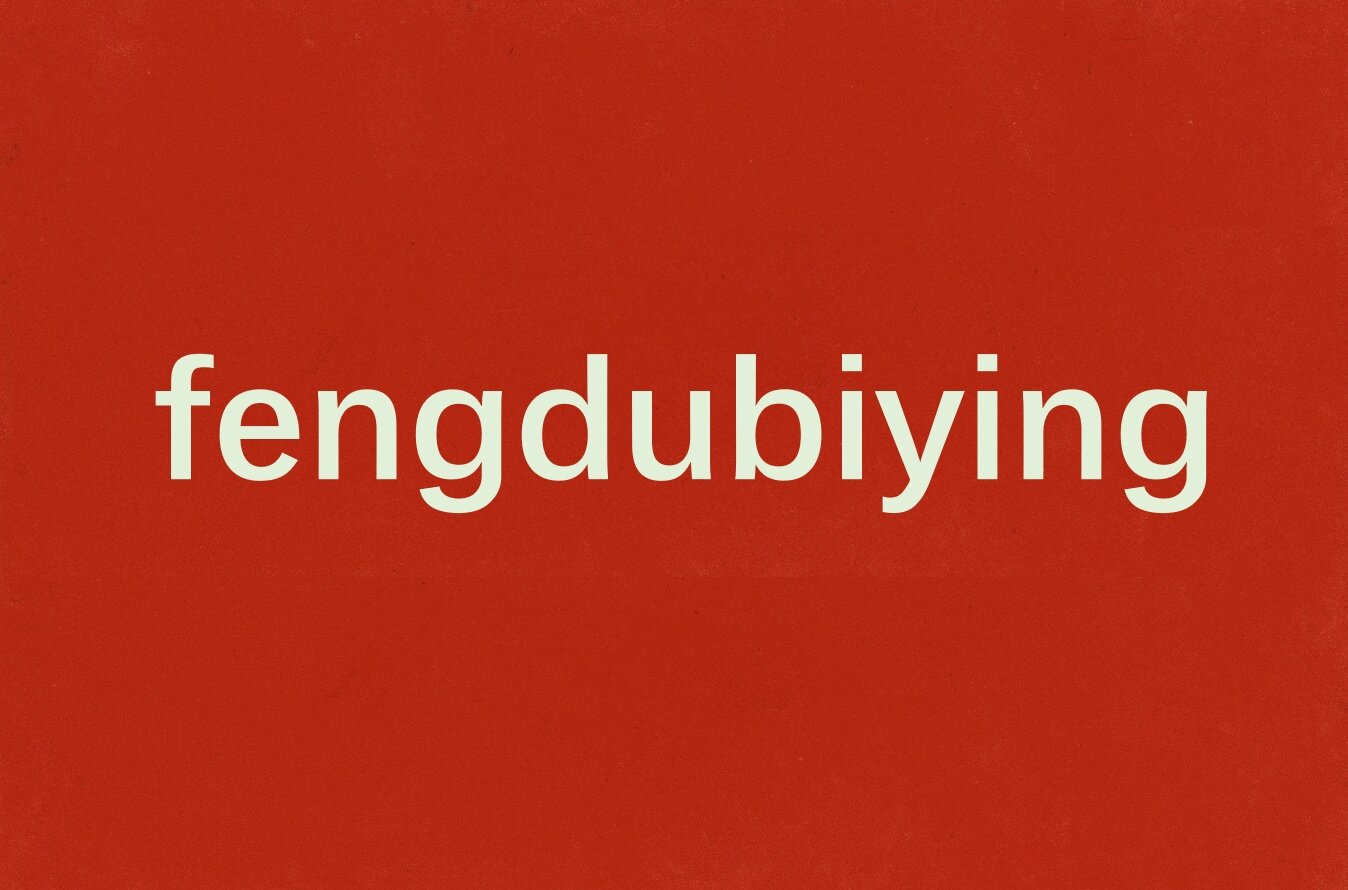"Top-down" or "bottom-up", which way is better for NFT to tell stories?
Author: Simon de la Rouviere
This article is from The SeeDAO.
This article is from The SeeDAO.
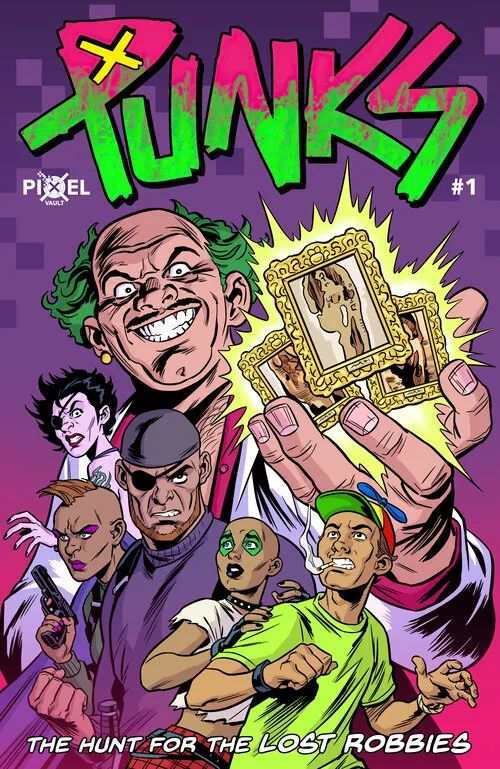
NFT can and should be an excellent way to tell stories, so is it better to create "top-down" led by the project party, or to co-create with people "bottom-up"? The author introduces and compares the two in the article; and gives many interesting examples.
A good story can make you feel something. If the story is still yours, those emotions will be even stronger. Whether stories are old or new, NFTs can be a great way to tell them.
Several projects have been exploring this crossover over the past few months. However, some projects prefer to use a "top-down" approach to storytelling, and as a new media, NFT can and should explore "bottom-up" narrative techniques.
"Top-down" is someone else telling us a story, just like you go to the cinema to watch Odaily Wars, or play a new role-playing game from Bethesda (Annotation: famous game publisher). "Bottom up" is where we invent our own stories around fictional worlds: it's running around the yard with a purchased lightsaber, making fuzzy swishing noises with your mouth, and throwing a force field at your dog Throwing tennis balls; also role-playing in a tavern outside Stormwind in World of Warcraft.
first level title
01
"Top-down" NFT fantasy literature project
The main purpose of the following examples is to use the medium to tell a story to the audience. Some of it does have fan contributions and interactions, but the backbone of the story is still dominated by the person, group, DAO or business that created it.
secondary title
Gridlock Excerpt (December 2020)
image description
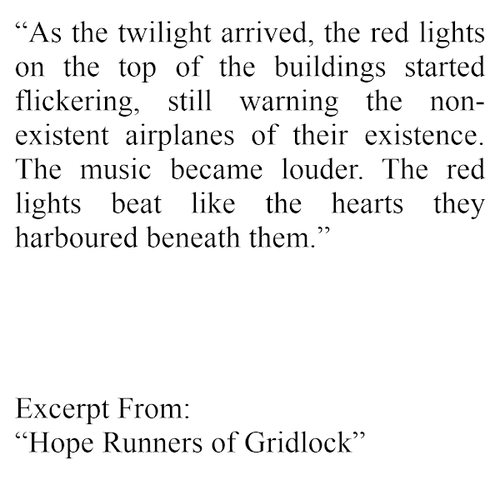
Few Understand (2021)

Few Understand (2021)
From the "Few Understand" series of stories by Kalen Iwamoto.
image description
Wild One (2021)

image description
Please click on the link (https://foundation.app/@ArtemisWylde/foundation/35599) to enjoy it.
secondary title
Stoner Cats (2021)
secondary title
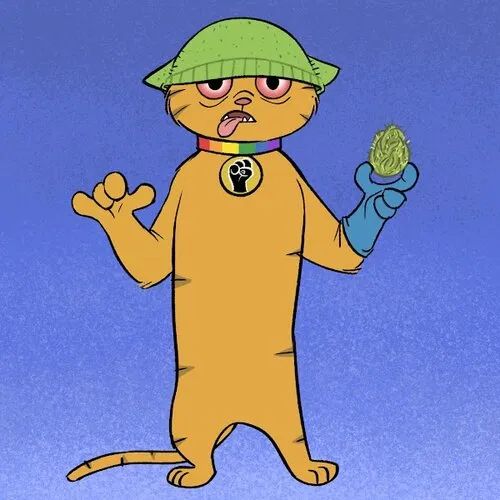
Glue Factory (2021)
secondary title
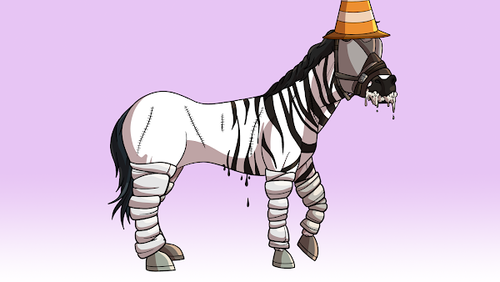
Deadheads(2021)
secondary title

Aku(2021)
secondary title

Untitled Frontier (2021)
secondary title
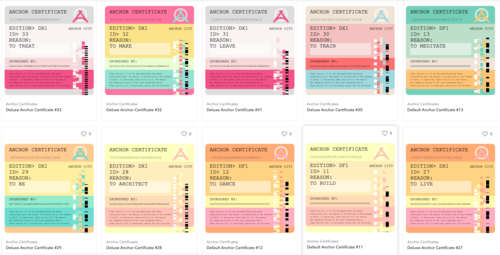
Pillheads (2021)
secondary title
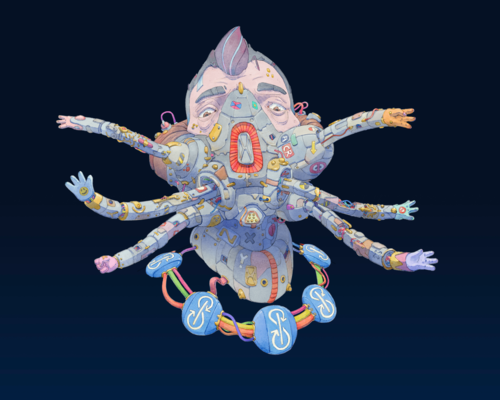
Elektra (2021)
first level title
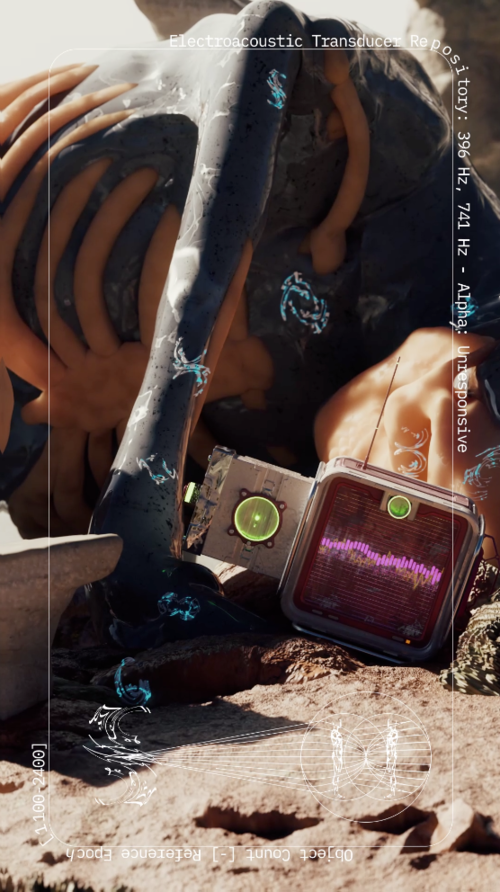
02
"Bottom-Up" Fantasy Literature Project
Although the above "top-down" projects are intended to promote interaction and contribution, they are mainly "recognized" or "enclosed" by the project party. When fans take the initiative to control NFT in an uninvited way and instill their own stories into it, the "bottom-up" storytelling method emerges as the times require. It's no longer just about getting fans to vote or contribute content.
This is what's new and interesting about embedding NFTs into fantasy literature. Unlike other mediums before it, it more directly allows fans to not only emotionally invest in the construction of fictional worlds, but also to expect corresponding financial rewards from it. Fan fiction is nothing new, and we've seen some wildly successful ones in the past: "Fifty Shades" started as a "Twilight" fan fiction; "Redemption in Time" started with Liu Cixin The fanfic of his best-selling trilogy, The Three-Body Problem: Past Events on Earth, also eventually became a classic. However, after all, this is something that can be met but not sought after. Whether it's published work or kids creating their own characters in their own backyard, whether you like it or not, fan fiction has a huge long tail.
The ability that NFT brings is to add the origin and story to the NFT as part of the fictional world. If it works, it can actually bring value to the writer. Here’s an analogy: A Star Wars fan bought a lightsaber from a store, modified it, and wrote a story about it. If the fanfic becomes famous, as a symbol of creating stories for this world, this modified lightsaber can be sold as a deluxe version. But as you can see: this idea struggles in the real world.
NFT can more effectively empower the combination of "ownership + origin". It can incorporate fan fiction into the core and merge with it to become a new media. It's a new medium between commodity + fan fiction + investment + ownership. Just imagine, you will be able to buy or own Obi-Wan (Annotation: One of the protagonists of Star Wars), and even add new storylines to him... These promises are prototyped by social media users flocking to their NFT Make an avatar. Cryptopunk's new gimmick comes when Jay-Z "wears" it on Twitter. While it hasn't sparked any fan-creations yet, the event itself is partly the result of meta-interactions. Just because Jay-Z has cypherpunks, it adds value.
secondary title
Punks Comic (2021)
secondary title

Jenkins The Valet (2021)
secondary title

Citizen 2890 (2021)
Although the new story is not yet clear, an alien cypherpunk purchased by FlamingoDAO has tweeted quite a bit on his Twitter account. This idea coincides with fuckintrolls.

first level title
03
That's right!
In addition to Twitter users using NFT as avatars, there may be more examples of "bottom-up" storytelling, but they are still not very common. There are many things to do. Fans can buy a ready-made NFT together, create a story and polish it. If it succeeds, they can continue to buy other NFTs and play this way again, or they can sell it again and spend their time on it. and energy realization. If you are interested, you can go to PartyBids to see how to get started.
Figuring out how to facilitate "bottom-up" storytelling is not easy. This field has just emerged, it is still very chaotic, and there may be some pitfalls. Contributed content may be of poor quality, or even rotten. In the current encryption market, there is no shortage of spoof emoticons that are unfriendly to all members of society. That being said, long before NFTs existed, there were successful projects co-creating fantasy literature. These questions are commonplace. This is covered in more detail in my other related article, "Finite and Infinite Narratives in General".
Another big issue with these projects is intellectual property (IP), and how it should be treated. Some "top-down" projects may still try to preserve IP, both now and in the future. However, I think this is a long-term wrong approach. NFT can accumulate value precisely because it can be embedded in new contexts and inspire story creation around it. If you restrict access, you are simply closing the door. Most of the value-added can only rely on NFT itself, not IP. Still, there will be projects that will figure out how to manage this middle ground effectively. However, it is true that the road will be more difficult to walk.
As Jay Springett answered on Twitter──What we need is free IP and a strong fandom. We are facing a new era of fiction and storytelling, and it's great to see it all unfold! Feel free to share good examples not mentioned in this article!



